Treatment of bacteriological green wilt disease on plants
Tomato is a fruit tree belonging to the tomato family. Herbaceous plants can be grown all year round, the red fruit is very beautiful, slightly sour taste. People often use it to make sour soup or salad. Today, tomatoes are not only for eating, but also for beautifying living spaces, so agricultural engineers have created many new varieties. Therefore, growing tomatoes at home is also welcomed by many people. However, not everyone knows how to prevent diseases for tomato plants. Here, Vinatap would like to provide some information about bacterial wilt disease on tomato plants.
SIGNS OF DISCLOSURE OF bacteriophage green wilt disease
From flowering and fruiting. The leaves on the top of the tomato plant are wilted and then gradually spread to the lower leaves, but the leaves are not yellow but still green. Finally, the tomato plant wilts, falls and dies while the base is normal and only the bottom part is rough. It is bacterial wilt disease
THE CAUSE TO THE ILLNESS
This disease is caused by the bacteria Pseudomonas solanacearum. The disease can cause damage throughout the growing period of tomato plants, but is usually more damaging from flowering to mature fruit. If the disease is at the seedling stage, it often causes the entire leaves to wilt very quickly and die. If the plant is large and infected, it will wilt the top of the top first and then spread to the bottom.
CONDITIONS FOR DEVELOPMENT OF DISEASE
The disease usually thrives in conditions of high air temperature, humidity, on the foot of the field or in areas where legumes, legumes, daisies are grown... Despite wilting and dying, the leaves and stems are still green, so it is called bacterial wilt or bacterial wilt. If you cut across the stem, you will see the vascular bundle leading to the wood tissue having a brownish-black color, the inside of the vascular bundle is filled with bacterial slime, if you squeeze the vascular bundle gently, you can see the milky white bacterial fluid flowing out. If you soak the cut branches in water for a few minutes, you will see a white slime extruding from the cut. This is a quick way to diagnose bacterial wilt and is also the most typical symptom to distinguish it from tomato wilt caused by other agents.
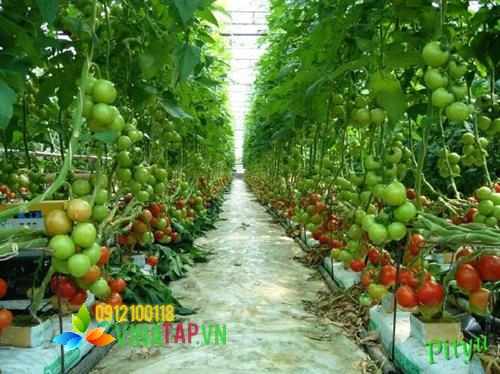
HOW TO PREVENTION OF GREEN WILD DISEASE
1. Use healthy seeds, do not take seeds from diseased fields
2. Grow disease-resistant tomato varieties
3. Go up high so that the plants do not stagnate when it rains or when watering. Irrigate enough moisture
4. Plant with ventilation density, reduce moisture
5. If possible, soak the field for 10-15 days or plow and dry the soil before planting
6. Balanced fertilizer application of nitrogen, phosphorus, potassium, increased fertilizer application of rotting organic matter, lime powder and potassium fertilizer or rice husk ash.
7. Regularly check plants to detect diseases early. Remove diseased plants immediately. After spitting, sprinkle lime powder on the spot where you have just plucked to disinfect.
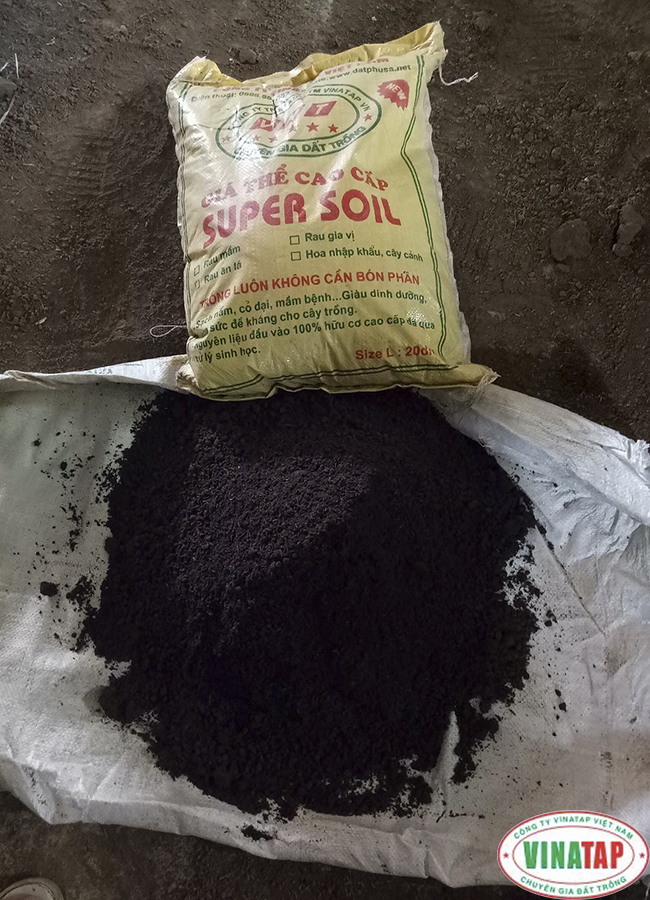












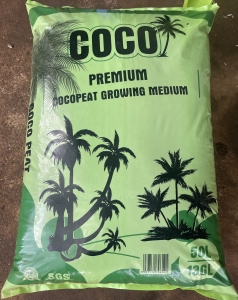
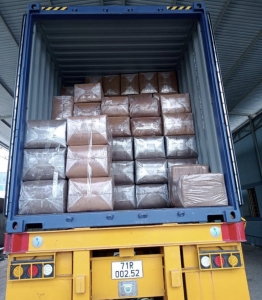
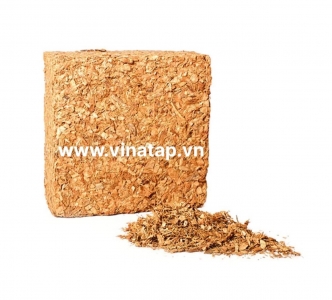
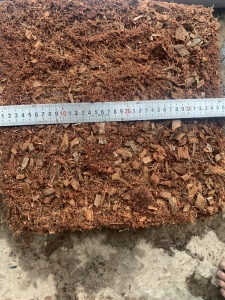
 Online: 6
Online: 6
 Total access: 4431283
Total access: 4431283